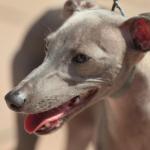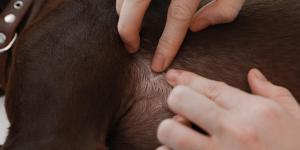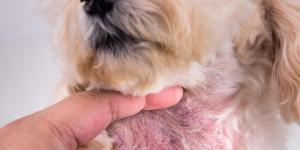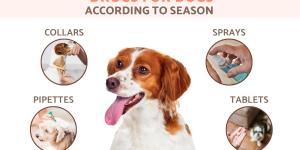Italian Greyhound
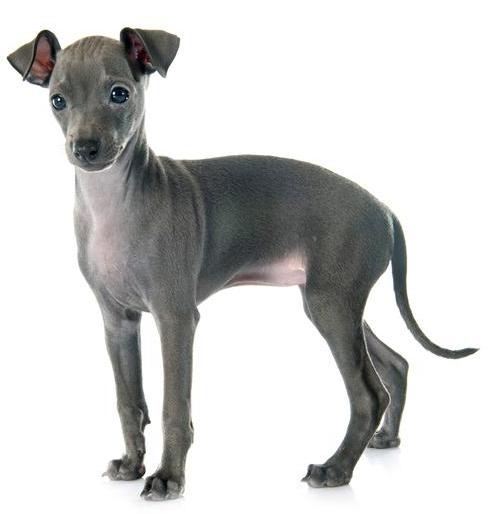
The Italian greyhound is the smallest of all greyhounds, and one of the oldest companion dogs.
Although occasionally used for hunting small animals, its main use was always as a companion dog. It was also used (and is still used) in dog races, but never as much as its older relative, the greyhound.
- Europe
- Italy
- Group X
- 5-14
- 14-18
- 18-22
- 22-27
- 27-31
- More than 31
- 2-7
- 7-22
- 22-55
- 55-100
- 100-220
- 8-10
- 10-12
- 12-14
- 15-20
- Low
- Meidum
- High
Italian greyhound: origin
The Italian greyhound was one of the first ever companion dogs. Records of Italian greyhounds were found in ancient Egypt.
It is believed that it was the Phoenicians who moved the ancestors of the Italian hound from Egypt to Rome in the fifth century BC. On the way, these dogs became popular among the Greeks.
The greater development of this dog breed took place during the Renaissance period, century XVI, in states that are known today as Italy. This is where the Italian greyhound became one of the dogs preferred dog breeds among noblemen. Many famous painters of that time even recorded the important presence of the Italian whippet.
Physical appearance
The Italian greyhound is a dog with a "square" body, meaning that the height at the withers is equal (or slightly smaller) to the length measured from the shoulder to the buttocks. Its morphology is very similar to that of the greyhound, but in a dog smaller in size with a finer bone density.
According to the FCI standard of the breed, the Italian Whippet is a "model of grace and distinction".
An Italian greyhound’s head is is long and narrow, with a narrow snout that is pointed at the end. Its eyes are large and expressive and are generally appreciated darker in color. Its ears, of very high insertion, are small and extend backwards folded upon themselves.
The Italian greyhound’s "square" body has a straight and muscular back with an arch. It has a narrow but deep chest which reaches the line of the elbows. Its tail is of low insertion and is thin in all its extension.
The little Italian greyhound has short, thin hair. It can carry black, gray, slate gray and a yellow coat(Elizabethan).
Italian greyhound: character
Italian greyhounds are known for being very loyal, affectionate and docile dogs. They tend to be reserved with strangers, and can even become very shy, so it is very important to socialize these dogs from when they are puppies.
Although they are not known barkers, they will alarm their family when they hear strange noises or see unknown people, which makes them good guard dogs, despite their small size.
In relation to training, the Italian greyhounds do not respond well to traditional training. When training Italian greyhounds we always recommend using positive reinforcement. According to experienced greyhound breeders , it can be difficult to educate these dogs not to pee in the house.
Italian greyhounds are friendly with children, but do not tolerate rough play. In addition, due to their delicate bone structure and small size, these whippets are not recommended for families with small children.
If they have been properly socialized, Italian greyhounds will get along with other dogs. However, their hunting instinct is strong and they tend to chase and attack small animals such as rabbits and hamsters.
Weight and height
The height at the withers for both males and females, can range from 32 to 38 centimeters. Weight should not exceed five kilograms for either gender.
Health
The Italian greyhound has life expectancy which ranges between 12 and 15 years. Bone problems are the most common Italian greyhound health problems. Because of their small size and fine bones, Italian hounds are susceptible to fractures, fissures and dislocations, especially when they are less than 18 months old. It is, therefore, advisable to handle them with care.
Other ailments that can affect this dog breed include: epilepsy, autoimmune disorders, progressive retinal atrophy and hypersensitivity to chemicals and medications. Because of their small size, Italian greyhounds are also very susceptible to cold, so they should be protected with dog clothes when necessary. This dog should live inside the house, not outside.
These dogs are suitable for apartments and can perform a lot of exercise inside the house. This does not mean that they do not need outside exercise. In fact, outside exercise is incredibly important for all dogs to socialize and receive sufficient mental stimulation.
The Italian greyhound is a hypoallergenic dog breed which does not shed a lot of hair. Its coat is very easy to maintain and requires occasional brushing and cleaning. You should only bathe these dogs when it is strictly necessary and, in those cases, make sure you dry your Italian greyhound well so that it doesn’t catch cold.
Italian Greyhound photos


